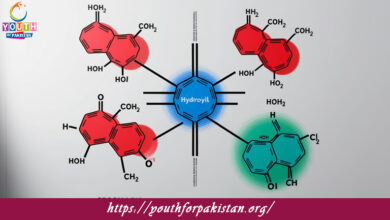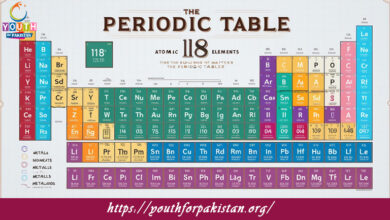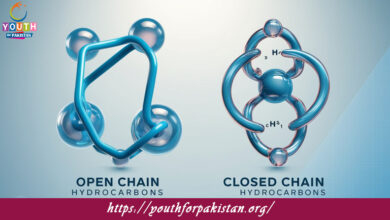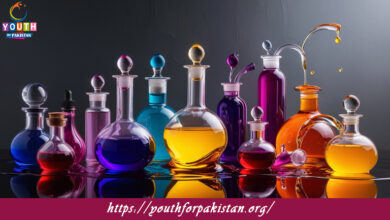Vapor Pressure MDCAT Quiz with Answers
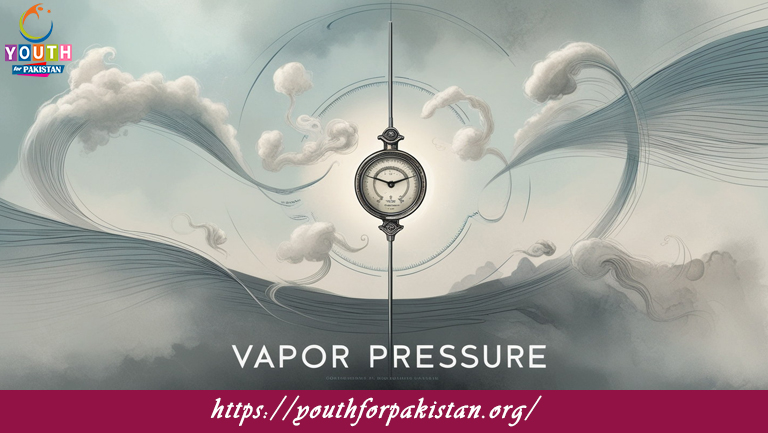
Vapor Pressure MDCAT Quiz is the pressure exerted by a vapor in equilibrium with its liquid or solid phase at a given temperature in a closed system. It is a very important concept in physical chemistry, especially in the study of phase transitions, and it is of great importance to understand the behavior of liquids and their volatility. The concept of vapor pressure is very important for MDCAT students because questions regarding the liquid phase, phase equilibrium, and Raoult’s Law often appear.
Definition and Concept of Vapor Pressure
When a liquid is placed in a closed container, some of its molecules break free from the liquid phase and move into the vapor phase through a process called evaporation. As more and more molecules move from the liquid phase into the vapor phase, the vapor pressure increases. Eventually, an equilibrium sets up between the liquid and vapor phases, whereby the rate of evaporation is equal to the rate of condensation. The pressure exerted by the vapor at this equilibrium is referred to as the vapor pressure.
Vapor pressure depends on temperature; the higher the temperature, the greater the kinetic energy of the molecules. Thus, increased evaporation rates lead to increased vapor pressure. This relationship is governed by the Clausius-Clapeyron equation, which describes how vapor pressure changes with temperature.
Vapor Pressure and Volatility
Volatility reflects how a substance easily evaporates. Higher vapor pressures on a given temperature mean that it is volatile—easier to evaporate. For instance, acetone evaporates a lot faster compared to water when at room temperature; thus, acetone is more volatile. The strength of the vapor pressure can be affected by intermolecular forces in the liquid. Liquids with weaker intermolecular forces, like alcohols or acetone, have higher vapor pressures than liquids with strong intermolecular forces, like water or glycerol.
MDCAT Quiz on Vapor Pressure
The MDCAT Quiz on vapor pressure enables students to establish the relationship between vapor pressure, temperature, and the nature of the substance. This may involve the computation of vapor pressure through Raoult’s Law, the prediction of vapor pressure changes in response to a change in temperature or the addition of solutes, and, more importantly, an understanding of the factors responsible for volatility. Practicing these quizzes is, therefore, imperative to master the concept and prepare for the exam.
Free Flashcard for Vapor Pressure
Our free Flashcard on Vapor Pressure contains a succinct overview of key concepts like vapor pressure, volatility, and Raoult’s Law. It also provides examples to allow students ample time to practice computing vapor pressures, demonstrating how it works with various types of solutions. Reviewing this allows MDCAT students to rapidly reinforce knowledge concerning vapor pressure in physical chemistry.

The vapor pressure of a substance at a given temperature is typically __________ for lighter molecules.

When a liquid reaches its boiling point, the vapor pressure is __________ to the atmospheric pressure.

A volatile liquid has __________ vapor pressure at a given temperature compared to a non-volatile liquid.

The substance with the highest vapor pressure at a given temperature is likely to be the most __________.
Experience the real exam environment with our expertly designed collection of over 25,000 MCQs MDCAT Mock Tests.


